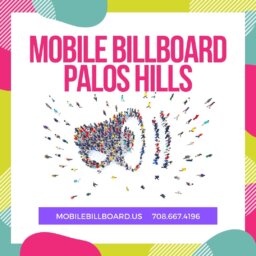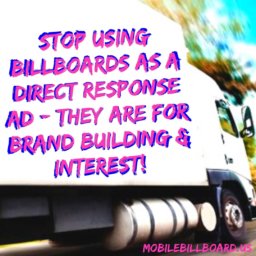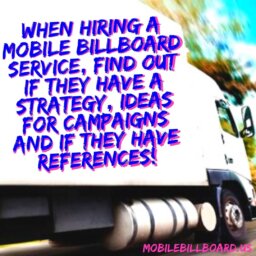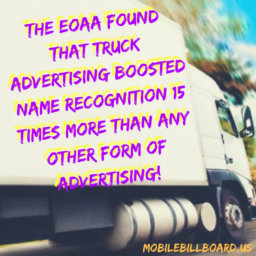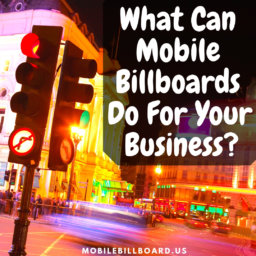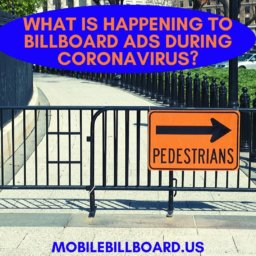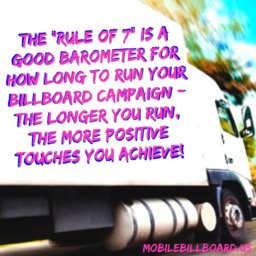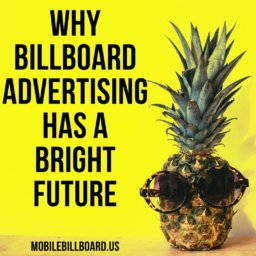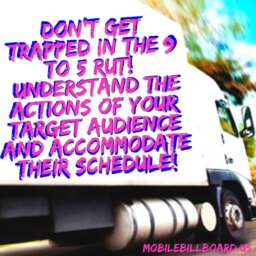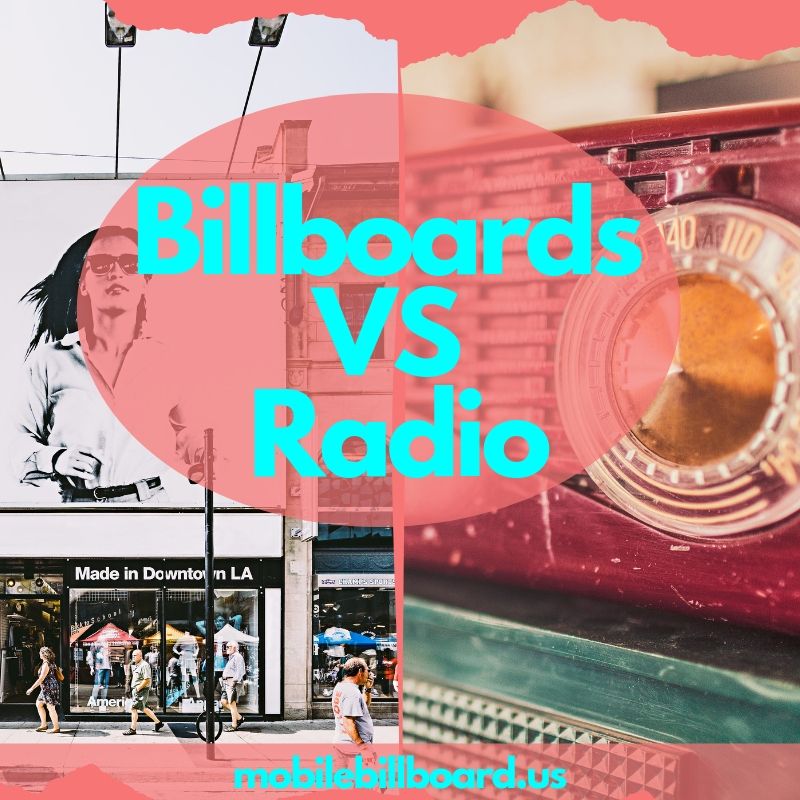
TARGET AUDIENCE
A large factor to consider is who the ads are actually reaching. The significant problem with radio advertising these days is how the audience has splintered over the last few years. There just aren’t as many folks listening to radio for the same amount of time, or even at all, anymore. The audience share has fractured mainly due to the sheer volume of options now present. People no longer have to rely on radio as the sole source of hearing new music. Satellite radio has given traditional channels a run for their money. They offer no commercials, more specific music categories and original content. With phone technology and MP3 software today, any device is capable of searching for and storing music.
Because of these options, competition between traditional radio stations is fierce.
With billboards, the audience has no choice but to see the ads because they are strewn about their daily life. They don’t have to tune into a certain channel or be in a certain spot to have a mobile billboard drive right by them. In fact, it is this very thing that causes billboards to be remembered. People are not used to ads passing through their neighborhood or passing in front of their face so that oddity causes them to look out of sheer curiosity. The brilliance is that billboards have incredible statistics of being recalled at a later time or those who actually pay attention to them as opposed to more traditional forms of media marketing.

COST
Billboards, especially mobile billboards, cost far less than more traditional advertising. For instance, per 1,000 impressions, the average cost of a Mobile Billboard is only $2.05 while Drive Time Radio comes in at $6.12. Even Stationary Billboards are cheaper, coming in at $4.17. You can check out more about how the pricing pans out statistically.
Since billboards have better interactions, little to no overhead and can easily access target areas directly, they are much more cost effective. In other words, you get better, more targeted marketing for much less. Radio has a split market share because of so many audio options available so the amount of people listening to the radio is far, far less than ever before. This is a problem that radio has been trying to overcome in the last few years.
VISUAL COMPONENT
Radio is strictly auditory. You can only listen to an ad or spot. While there are some catch jingles in radio history, the big question is how does this effect visual learners?
Billboards are extremely versatile. They can provide striking visuals and evoke quite a bit of emotion through images. This appeals not only to those who comprehend visuals easier but can create a significant impact in anyone by stirring emotions or causing them to think critically. However, billboards are not simply limited to visuals. They can have auditory components, live staging and even scent marketing options. A static billboard can be a massive entity on the side of a busy road or a large sign in a bus shelter, store or outdoor space. With mobile billboards, you can even drive straight into your target audience’s daily life. Their neighborhood, their hobbies, their travel. You are only limited by your imagination.
There are many other factors that can create pros and cons for both billboards and radio advertising but these three areas are the most significant of any marketing option. With the current climate and consumer behaviors, it is clear that billboards, and especially mobile billboards, are the most cost-effective for any marketing budget or strategy goals. More targeted reach, better interactions, lower cost and a wider versatility as far as sensory components make it the marketing channel to beat. It certainly provides the edge necessary to stand out and make an impression in our modern world.
There is a reason why Mobile Billboards are remembered by the masses. Isn’t it time to see how it can benefit YOUR business?



